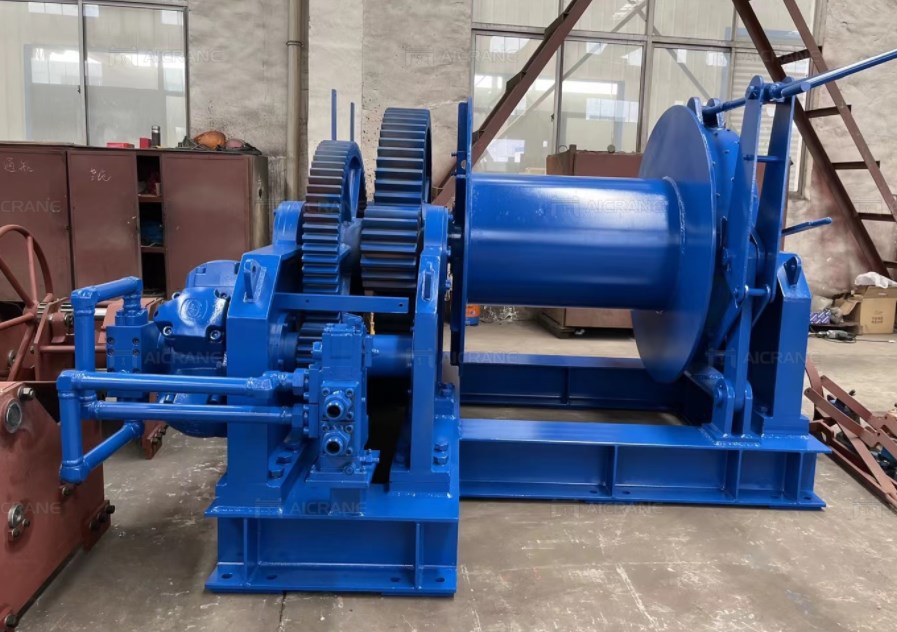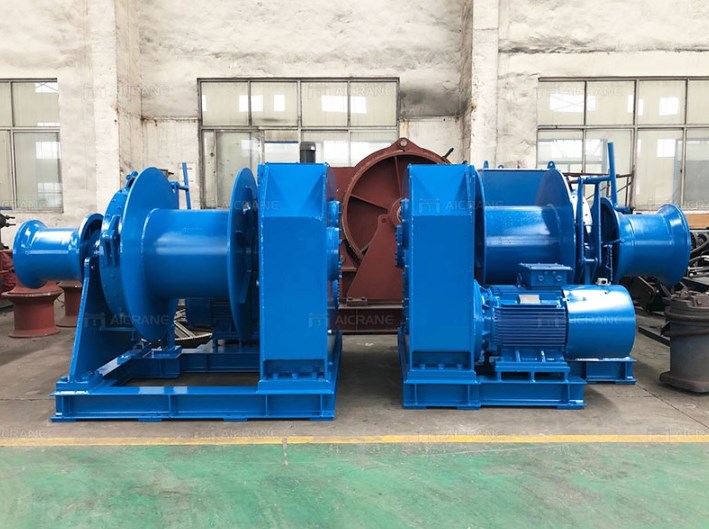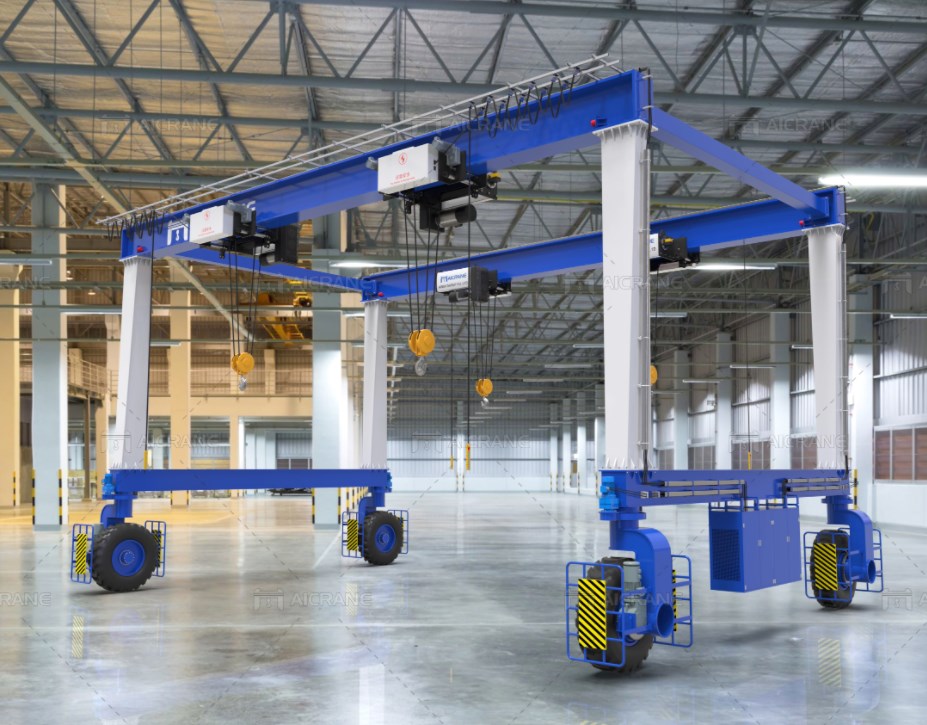The Lifeline of Your Vessel: Electric Mooring Winch Maintenance

Electric mooring winches are the unsung heroes of the maritime industry, playing a critical role in securing vessels during docking, undocking, and mooring operations. These powerful machines ensure the safety of the vessel, crew, and cargo. To maintain their reliability and performance, it is essential to implement a regular and comprehensive maintenance regimen. In this article, we will explore the importance of electric mooring winch maintenance and outline a step-by-step guide to keep these vital systems in optimal working condition. The Significance of Electric Mooring Winch Maintenance Electric mooring winches are subjected to harsh environmental conditions, heavy loads, and continuous operation, making maintenance a critical aspect of their life cycle. Here are some compelling reasons why regular maintenance is essential: Safety: Properly maintained winches are less likely to malfunction, reducing the risk of accidents during mooring operations. Operational Efficiency: Well-main...









